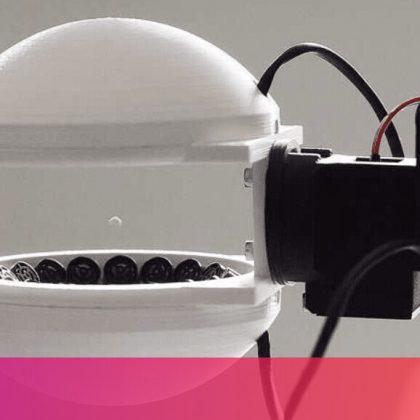To boost cloud connections around world, an old sub pen gets an overhaul.
Marseille—France’s largest city on the Mediterranean coast—is many things. It’s the country’s largest commercial port, the birthplace of French hip-hop, and the home of the French Foreign Legion. It’s also a tech industry hotspot and the landing station for 13 major submarine cables. These cables connect Europe with North America, Africa, Cyprus, the Middle East, and Asia. Two more are scheduled to come online next year.
From a networking standpoint, the cables place Marseille very close to Cairo, Dubai, and Saudi Arabia. According to Fabrice Coquio (the managing director for France of data-center-operator ), there are only five or six milliseconds of network latency to any of those locations—less than to Paris 800 kilometers (roughly 500 miles) away.
That has made Marseille a magnet for data-center operations—where data and application providers can “put platforms in a safe environment in terms of legal and financial environments like Europe and particularly the European Union and at the same time be connected to 46 countries directly with a very low latency,” Coqiuo explained. “Basically, in the last 15 years, we have [cut] the cost of a submarine cable to a [10th of what it was] and multiplied the capacity by 50.”
As a result of this transformation of the Internet world and the corresponding rise of Marseille as a digital content center for the world, demand for co-location space has driven Interxion to undertake an interesting construction project: the conversion of a former Nazi submarine base into a seaside data center.
Who’s the U-boat commander?
Netherlands-based Interxion already has one data center in Marseille (MRS1). The company acquired it in 2014 when it was only half-provisioned, and Internexion also had a second (MRS2) under construction nearby. But as Interxion’s managing director in France Fabrice Coquio explained, demand was so high for connectivity to the nearby cable landings that the company needed to start construction of a third data center in parallel with the second.
“Our customers could not depend on one building only, so most of them require a dual-site configuration for obvious purposes,” explained Coquio, “and that’s the reason why two years ago we started the works
Read More





